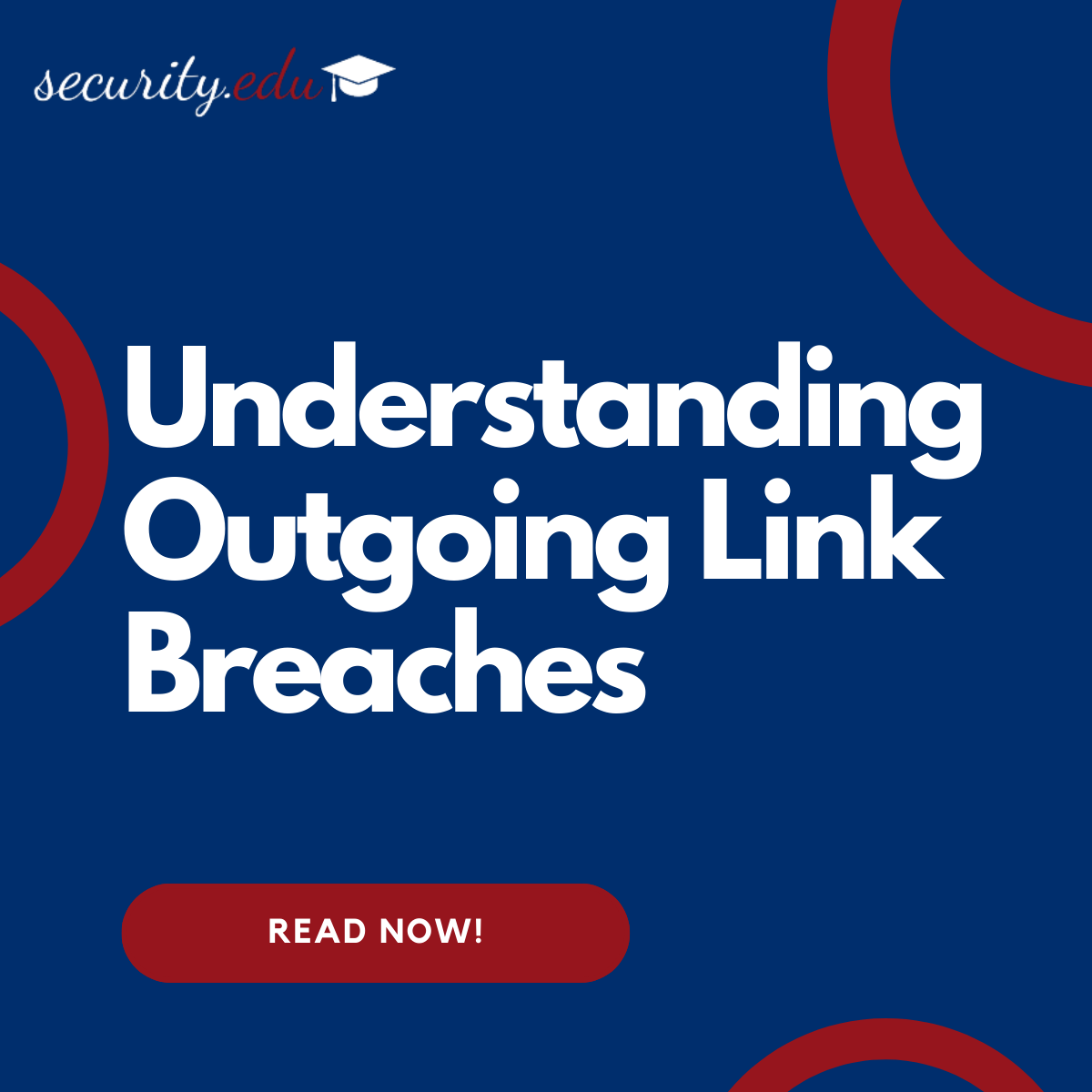In today’s digitally interconnected world, educational institutions have embraced technology to enhance learning experiences, research capabilities, and global connectivity. However, this digital evolution comes with its set of vulnerabilities, one of which includes the potential for outgoing link breaches. Such breaches may not always headline cybersecurity discussions but pose a significant risk to the integrity, privacy, and safety of educational networks.
What are Outgoing Link Breaches?
Outgoing link breaches occur when unauthorized external links are embedded within an institution’s digital platforms, leading users to potentially malicious sites. These links can be discreetly placed in various content areas, including forums, comment sections, or academic resources, making them particularly insidious. Unlike direct attacks on an institution’s database or infrastructure, outgoing link breaches exploit the institution’s digital platforms to target users, often leading to malware distribution, phishing scams, or other cyber threats.
How Do Outgoing Link Breaches Occur?
These breaches primarily occur through two avenues: compromised security protocols and human error. Cyber attackers exploit vulnerabilities in software or web platforms used by institutions to embed these links. Alternatively, breaches can occur when staff, students, or third parties unknowingly upload content containing malicious links, often due to inadequate digital literacy or overlooked security practices.
The Concern for Schools and Universities
The implications of outgoing link breaches for educational institutions are multifaceted. Firstly, they pose a direct risk to users, including students, faculty, and alumni, who may fall victim to phishing scams or malware. Secondly, they can significantly tarnish an institution’s reputation, eroding trust and confidence among its community and prospective students. Furthermore, these breaches may violate data protection regulations, leading to legal repercussions and financial penalties.
Mitigating the Risk
Addressing the risk of outgoing link breaches requires a comprehensive approach. This includes enhancing cybersecurity measures to detect and block malicious links, conducting regular audits of digital content, and fostering a culture of digital literacy where all stakeholders are aware of and can identify potential cyber threats. Additionally, institutions should establish clear protocols for responding to breaches, ensuring a swift and coordinated effort to mitigate risks.
Educational institutions must recognize the potential threat posed by outgoing link breaches and take proactive steps to safeguard their digital landscapes. By doing so, they not only protect their users but also preserve the integrity and trust that form the foundation of their educational mission. Understanding the nature and impact of these breaches is the first step towards developing effective strategies to combat this hidden threat.

